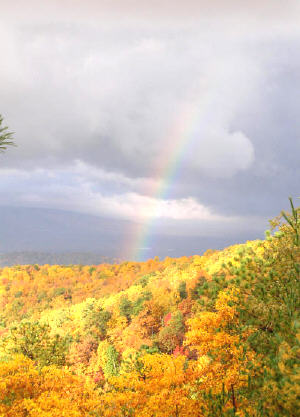How to Take and Print Stereo Pictures
I am planning to create this page soon. I plan to put up instructions with some videos of the various kinds of stereo pictures and the techniques used to print them, or in the case of stereo slides, how to get your film processed and mounted for viewing.
There are many ways to take your own stereo 3D pictures. In the late 1940's and 1950's, several very good stereo cameras were produced and sold that used standard 35mm slide film, which was predominantly Kodachrome, which although very slow in ASA speed rating, took excellent slides with rich, brilliant colors and excellent archival qualities. You can still buy one of those vintage cameras today in some antique shops, photography shops, and most easily on eBay.
The Realist Stereo Camera was the first of this generation of stereo cameras, originally introduced for sale around 1947, and it proved to be so popular with Hollywood personalities that it generated enough interest in other camera manufacturers of the era to cause them to produce their own versions. Revere (and Wollensak), Kodak, the Three Dimension Company (TDC), and others soon came out with their own cameras, all based on the design of the Realist, in the early fifties. I have used a couple of these (the Kodak and the Revere Stereo33) to take some of the pictures displayed on this website.
Today's inexpensive yet high quality digital cameras make stereo photography a relatively simple task and a very enjoyable hobby. You can even take stereo pictures with a single digital camera and, if your computer is nearby, you can view and print 3D pictures within minutes of taking them. That sure beats the one-hour photo developing shops not only in speed, but also in cost since your only cost is the paper and ink to print them. You can shoot all you want without worry about the expense involved in wasted shots that don't turn out, plus you get instant gratification from your work.
Fuji is just now introducing a real 3D digital camera that can take both the left and right eye images perfectly simultaneously with just the one camera, but unfortunately, at least in my opiniion, they have made it in such a way that you must buy a proprietary viewing screen to view them, and you must also send off the digital pictures to have them made into prints. You can do it yourself like you can with a twinned pair of digital cameras at half the cost of the camera alone. This is probably because they are producing "lenticular" prints rather than standard photo prints. Lenticular prints must be printed on special paper with minute lenses bonded to the viewing surface. You have probably seen these prints before and just did not know what they were called. The prints have a grooved surface and would remind you of a hologram in that the image appears to be floating in 3D space. You may have seen cards, like baseball cards, for example, that you can tilt to shange the image. Those are lenticular prints. It is possible to have lenticlar prints made from the two digital images you take yourself with a twin camera set up if you like.
As soon as I can get the time, I will be posting complete instructions on how to do all of the above, including links to resources to assist you in creating your own 3D images. For now, you can begin learning by visiting a great website at http://www.stereoscopy.com. I also recommend that you join the National Stereoscopic Association ($35.00 per year dues, I believe). Membership includes a subscription to their excellent magazine, Stereo World.
Check back here later for lots more information and enjoy this wonderful hobby!
This website was last updated on Monday, March 29, 2010.

